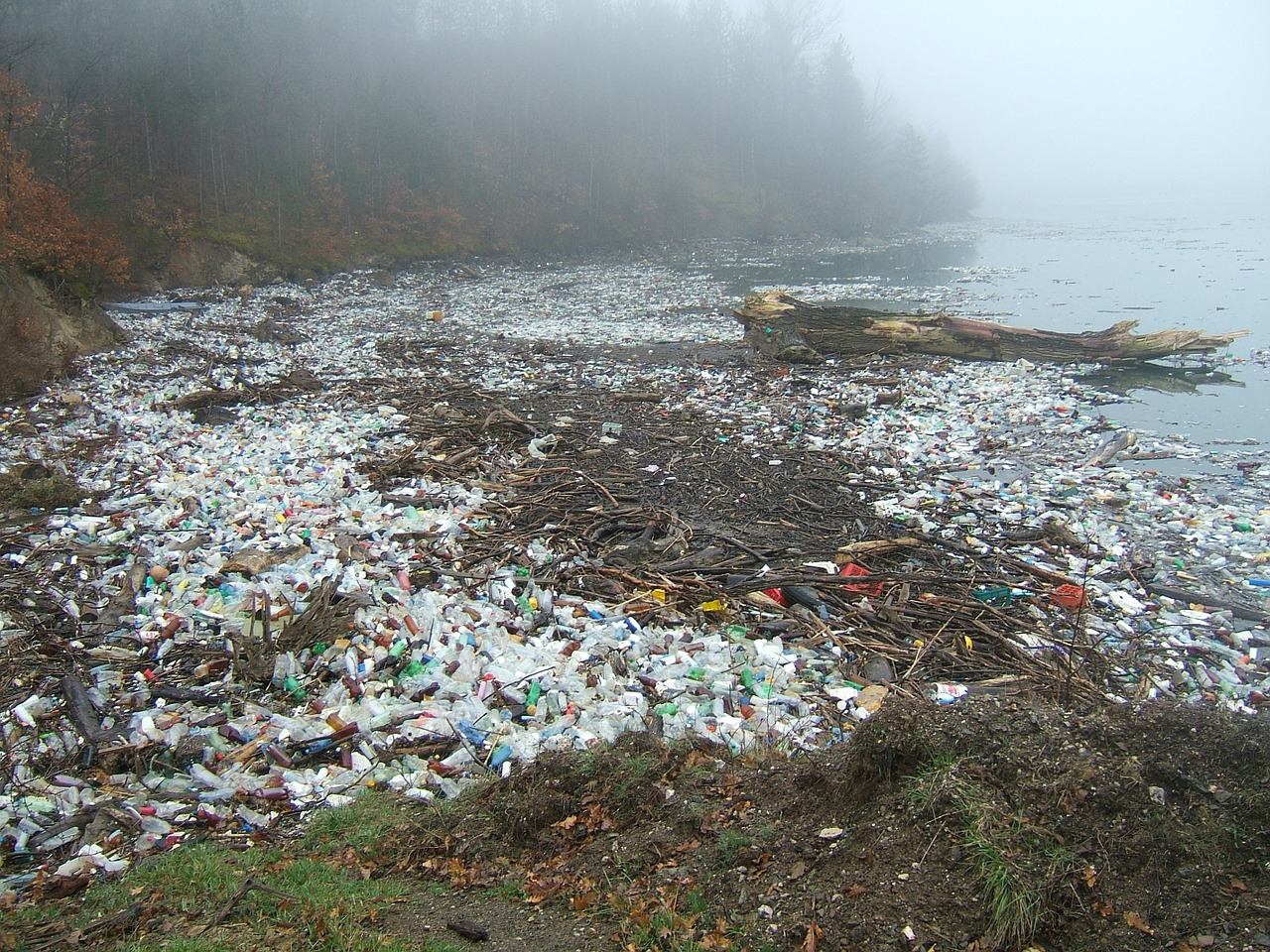Have you ever thought that the masks we are wearing everyday might be polluting the environment? With the rise of COVID-19 pandemic, usage of masks have become such a natural and crucial part of people’s lives. However, as production and disposal of masks increase, environmental consequences of used masks are starting to be observed.

“Corona Mask Waste“, by Roksans96, licensed under Pixabay
Why are the masks being environmental threat?
Among many different types of masks currently produced, the most commonly used one are the surgical masks. High usage of surgical masks is due to safety provided by anti-droplet polypropylene filter layer of the masks. Since COVID-19 is known to be a droplet-borne disease, polypropylene filter layer became favorable feature to many individuals, especially to those working in hospitals and medical field. Given the fact the medical field workers are needed more than ever before with increasing number of infected individuals, production and disposal of surgical masks and polypropylene filter layer became inevitable.

“Face masks during the COVID-19 pandemic“, by Paladin Zhang, licensed under CC BY 2.0
The concern lies in that surgical masks are mostly disposed after a single use because of possible bacterial cross-contamination upon multiple usage. Polypropylene is not readily biodegradable, which means as its usage escalates rapidly, its disposal might end up being long-lasting environmental concern.
Impact on marine ecology
Some of the environmental issues regarding mask wastes are already observable in some parts of the world. One of the first countries to face the environmental consequences of mask litter was Hong Kong, which was one of the first countries to face COVID-19 outbreak.

Description: Soko Island in Hong Kong polluted with COVID-19 mask waste.
Video Credit: South China Morning Post
Many of masks litters ended up in the coastal areas, where the wastes appeared to be serious threat to the marine ecology. Many marine predators might swallow mask wastes confusing the masks with their preys, and birds that live near coastal area are often entangled by disposed mask wastes.

“Pollution Drina Plastic Waste Free Photo“, by geraldsimon00, licensed under Pixabay
How is this issue being addressed?
After direct environmental impacts of mask wastes were observed, the need for more eco-friendly masks was highlighted. Therefore, scientists started working on development of mask materials that can replace polypropylene while keeping the strong anti-droplet effect of the filter layer.
One of the approaches were made by BioProducts Institute at the University of British Columbia. The research team attempted using wood fibers from local trees to make filter layer. Wood fibers are easily biodegradable, so even if mask litters end up in the environment, it would not be an environmental threat.
Another approach was made by Hong Kong Polytechnic University. The research team in the university used laser to induce properties of graphene on the mask. Graphene is hydrophobic, which means that it is effective in repelling droplets. Also, graphene has photothermal property, meaning it heats up under extensive exposure to sunlight. In this process, mask can be sterilized, and this antibacterial activity allows multiple reuse of masks. In this way, the amount of mask disposed will decrease significantly.

“The ideal crystalline structure of graphene is a hexagonal grid.”, by AlexanderAlUS, licesned licensed under CC BY 2.0
However, all of the scientific technologies are still in developing stages. There are still some concerns in applying them to commercial masks yet. Still, with many scientist putting efforts to overcome this issue, I believe the solution will be found soon.
– Tae Hyung Kim
